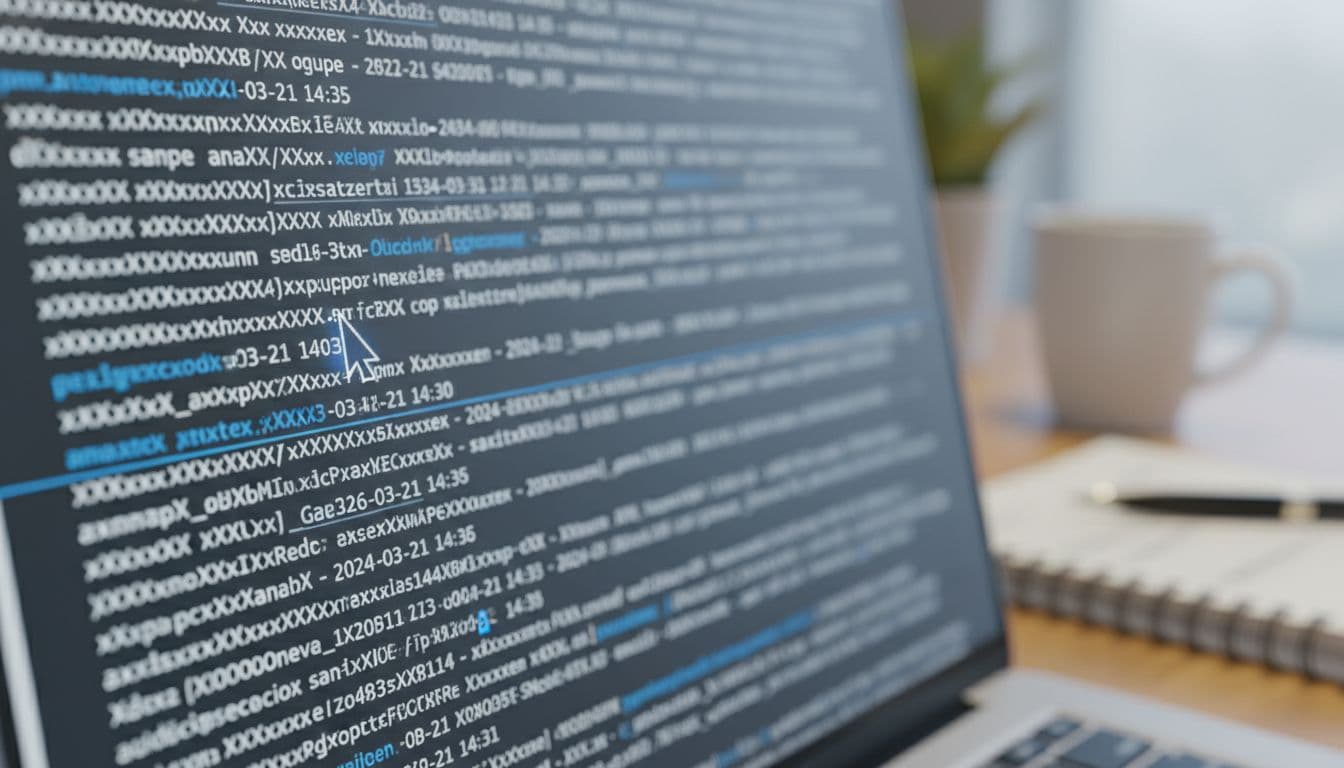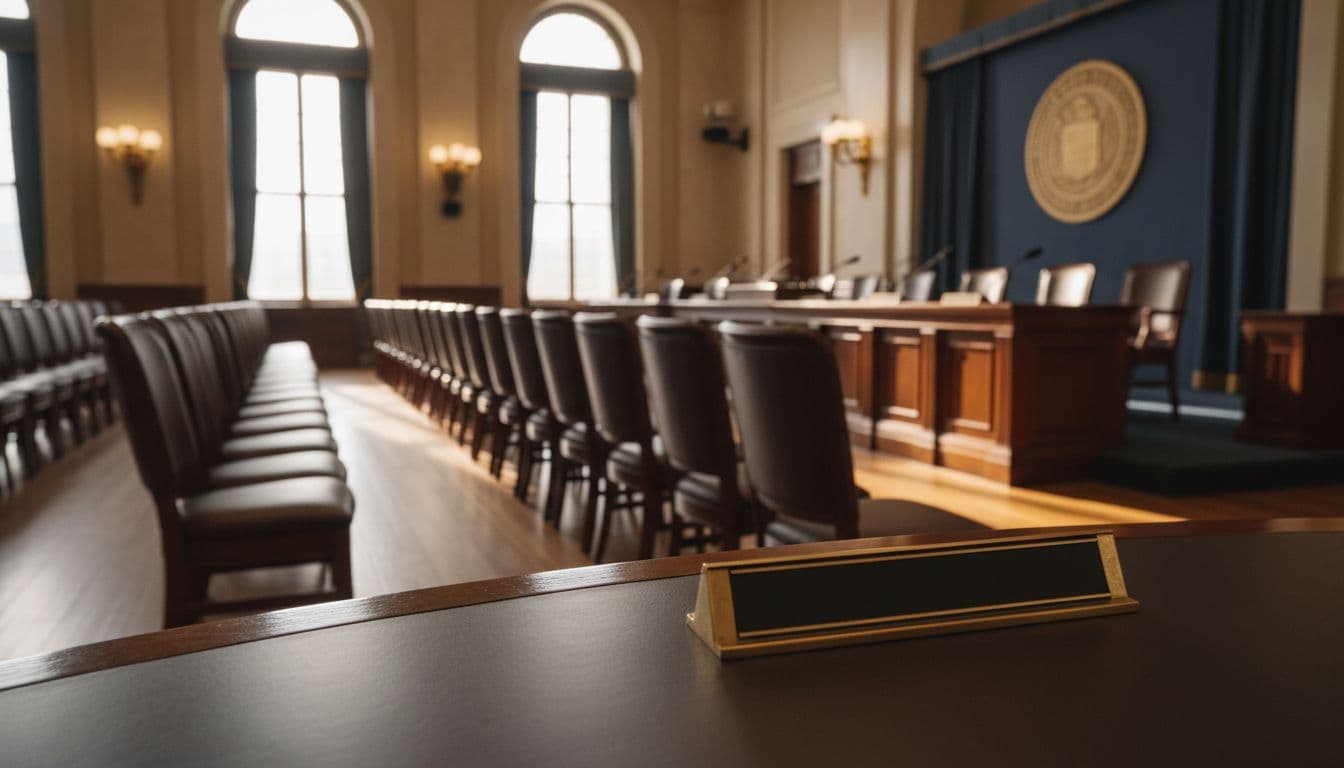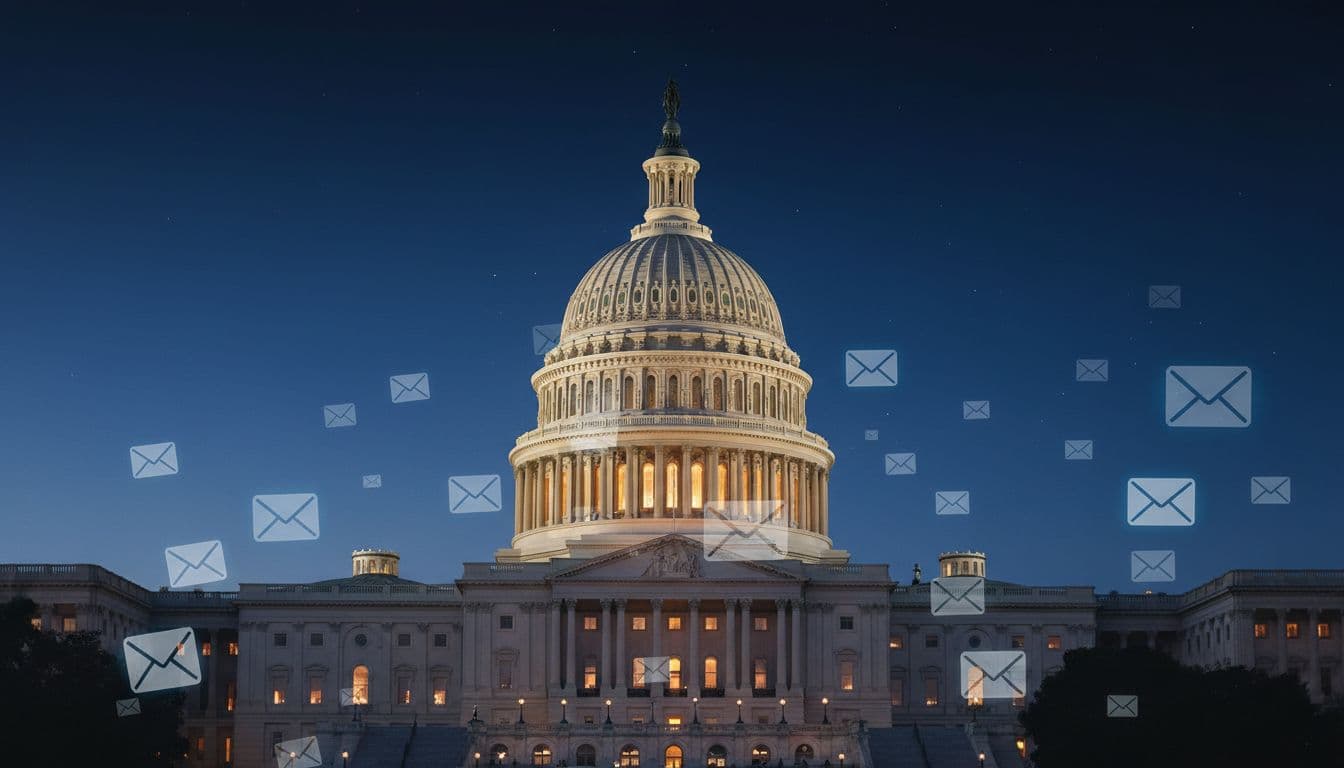The House Oversight Committee is reviewing a batch of newly released emails tied to Jeffrey Epstein that mention Donald Trump multiple times. The messages, disclosed through a public records process, have kicked off fresh scrutiny in Washington. Lawmakers want to understand the context of those mentions, whether they point to meaningful contact, and if the emails line up with other known timelines.
This article breaks down what is known so far, what remains unclear, and what happens next in Congress. It also explains what these emails could mean legally and politically, without jumping to conclusions before facts are verified.
What was released
Officials released a set of private emails associated with Jeffrey Epstein and his network. In several messages, Epstein referenced Trump by name. The emails span multiple dates and include conversations with various contacts. Some mentions appear casual. Others hint at introductions, social circles, or scheduling attempts.
At this stage, the content is partial. Not every email in a thread is visible. Some attachments are missing. Dates and headers are intact in most cases, but a few messages look truncated. That means context is still developing as committees and reporters compare these messages against travel logs, call records, and earlier court filings.

How Trump is mentioned
According to the release, Trump’s name appears in multiple threads. In some cases, the mentions read like name-drops tied to social events. In others, Epstein or his contacts appear to discuss outreach or proximity to Trump’s world. None of this alone proves wrongdoing. It does add more primary-source material to a timeline that researchers and lawmakers have been building for years.
The Oversight Committee now faces two tasks. First, confirm the authenticity and completeness of these messages. Second, determine whether any message indicates action, influence, or quid pro quo. Mentions by themselves are not evidence. Committees will look for corroboration in calendars, visitor logs, financial records, and sworn testimony.
What the House Oversight Committee is doing
Staff are sorting the emails by date, sender, and topic. They will likely request additional records to fill gaps, such as server metadata, missing attachments, or parallel correspondence. If the committee sees potential relevance to prior investigations, they could issue subpoenas or invite witnesses for interviews.
Expect a staged process: document review, witness outreach, and, if needed, public hearings. The timeline depends on cooperation from custodians of the records. Partisan disagreement may shape the scope, but basic document authentication is a technical step that both sides typically accept.

What is known, and what is not
- Known: The emails include multiple references to Trump by name.
- Known: Some messages point to social settings or introductions within elite circles.
- Known: The record is incomplete, with missing attachments and partial threads.
- Unknown: Whether any message reflects direct contact, action, or benefit.
- Unknown: Whether third-party records verify the dates or claims in the emails.
- Unknown: Whether these mentions connect to prior allegations or legal matters.
How to read early releases without over-reading them
Early document releases can look explosive while still being thin on proof. Mentions of a public figure are common in elite inboxes. A measured read asks three questions. One, does this email establish direct contact or only name-drop? Two, is there a clear request or action that follows? Three, can outside records verify it?
Until investigators match the messages to other data, most claims will remain provisional. That is normal for this stage. It is also why committees urge the public to wait for authenticated timelines rather than draw firm conclusions from single snippets.
Potential legal and political impact
Legally, the content matters only if it points to conduct that breaks laws or court orders. Even then, statutes of limitation, jurisdiction, and evidentiary standards apply. Politically, the bar is lower. Any tie, even casual, can become talking points, fund-raising hooks, or ad fodder. Expect sharp messaging on both sides, with selective quotes and heated claims. Verification will lag behind the headlines.
Campaigns may respond in predictable ways. Allies will frame the emails as irrelevant or out of context. Opponents will say the messages show proximity that raises questions. The truth usually sits somewhere that only full records and sworn testimony can reach.

What to watch next
- Authentication results: Are headers and server stamps consistent?
- Missing materials: Do attachments surface and change the tone of threads?
- Witness outreach: Do committee interviews confirm or contradict the emails?
- Cross-references: Do travel logs, calendars, or visitor logs align?
- Public statements: How do involved parties respond when asked on the record?
The new emails expand the documentary record around Jeffrey Epstein’s network and show multiple references to Donald Trump. They are not, by themselves, proof of misconduct. They are leads that require careful verification. The Oversight Committee will push for more records and possible testimony to fill gaps. Until then, the responsible approach is to track the evidence, compare timelines, and avoid over-claiming what these messages show.
We will update this story as the committee publishes new documents or hearing dates. If you have credible, verifiable tips, contact a reporter or the committee through official channels.
To contact us click Here .

